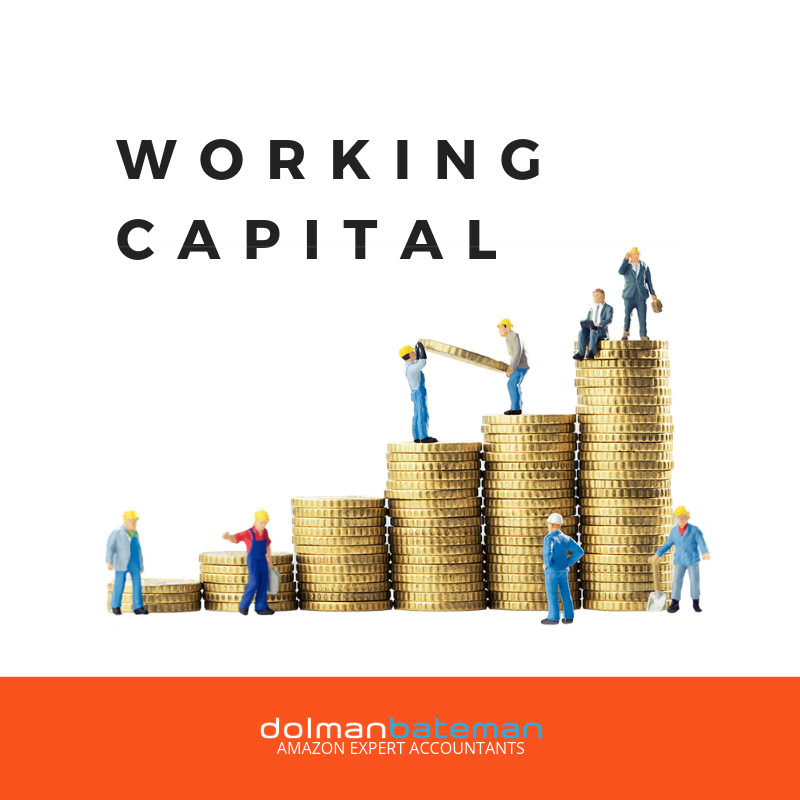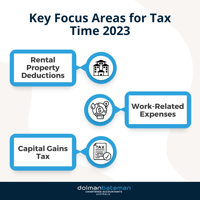The Australian Taxation Office (ATO) has identified three key focus areas for Tax Time 2023: rental...
Working Capital
What is Working Capital and why is it important?
Working capital is usually dryly defined in accounting text books as "current assets less current liabilities". Which, to be honest, doesn't mean much to anyone and why is it important in running your own business.
The lack of working capital is the reason that many profitable businesses go bust. To understand why we need to look in detail at working capital and how it affects your business and the way that you run it ....
The first step in understanding working capital is simplifying it.
Working capital represents how much money is tied up in inventory and debtors and has not yet converted into cash or the profits that your business has made that have not yet converted into cash (so you cannot get access to them yet).
Working capital can be measured from looking at the balance sheet for your business.
| Trade Debtors | $1,000,000 | |
| Inventory | $700,000 | |
| LESS | Trade Creditors | ($500,000) |
| Working Capital | $1,200,000 |
In the above example, the business has $1 million in debtors, $700,000 worth of inventory on hand and owes it's suppliers or trade creditors $500,000. The working capital is $1,200,000.
In order to pay creditors, employees etc, the business will need to collect the debtors and sell the stock (and collect the debtors) so this money ends up tied up in the business.
(In some instances, cash will be added to working capital to determine the ability of a business to pay its creditors, but more on that later).
Usually a business will have a consistent level of debtors, inventory and creditors over many years.
So how do profitable, growing businesses go broke.
Let's say you run a wholesaling business. You buy inventory from suppliers, hold that inventory in your warehouse and then sell it to retailers. As one wholesaler told me, buying big boxes and selling small boxes.
You have negotiated terms with your supplier of 30 days from the end of the month. You try and buy at the beginning of the month so you end up getting 45 days credit from your supplier.
Part of your unique selling proposition is that you have a wide range available for immediate delivery. To get the best terms from your suppliers, you have to buy in bulk and for each good you have it stock for about 90 days before you have to re-order that item.
Your industry is competitive and the retailer has come to expect competitive terms so you offer 30 days from the end of the month (30 EOM) but some clients are slow in paying so the average number of days your invoices are outstanding is 60 days.
So from this, we can work out what your working capital will be, based on your turnover ($10 million per year) and gross profit rate (30%).
| Debtors | ($10 million x 60 days ÷ 365 days) | $1,644,000 |
| Inventory | ($10 million x 90 days ÷ 365 days x (1-30%) | $1,726,000 |
| Creditors | ($10 million x 45 days ÷ 365 days x (1-30%) | ($863,000) |
| Working Capital | $2,537,000 |
So you will have 2.537 million held up in working capital. This represents cash that you have to find somewhere either from cash reserves or borrowings.
Let's see what happens when you get a new customer that will generate $1 million in extra sales.
| Debtors | ($1) million x 60 days ÷ 365 days) | $1,808,000 |
| Inventory | ($11 million x 90 days ÷ 365 days x (1-30%) | $1,899,000 |
| Creditors | ($11 million x 45 days ÷ 365 days x (1-30%) | ($949,000) |
| Working Capital | $2,758,000 | |
| Increase in Working Capital | $ 221,000 |
So you have to find another $221,000 in cash or borrowings to fund the increased working capital.
The new customer is great, in that will deliver $300,000 in extra profit to the business but it will cost $221,000 to fund it.
When growing businesses are not aware of their working capital requirements, it can have a devastating impact. They cannot pay their suppliers, the suppliers stop delivering, stock runs out and they cannot make sales, sales decline below break even point and losses result making it difficult to pay other creditors and employees. This process can happen very quickly depending on the ability of management to react to events.
So how can you use your understanding of working capital to fund the future growth of your company.
- Reduce the number of days that invoices are outstanding by reducing payment terms, by having a systemised debtors follow up process or getting rid of slow paying customers.
- Reduce the number of days that you hold inventory by better inventory management, dropping unpopular, slow selling or unprofitable product lines, communicating with your customers regarding their inventory requirements.
- Increase the terms of payment for your creditors.
- Increasing your gross profit rate by increasing your prices, becoming more efficient in the purchase, storage and delivery of your products.




